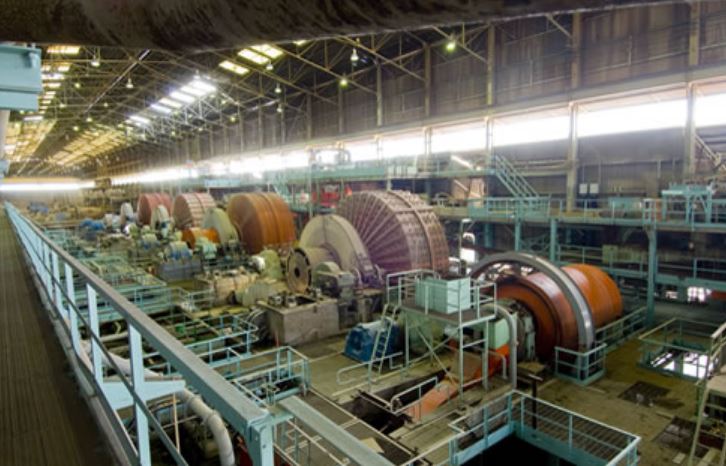Katanga cobalt sales face more delays

The grinding circuit at the Kamoto concentrator. Source: Katanga Mining Ltd.

Cobalt sales by Glencore AG’s Katanga Mining Ltd. [KAT-TSX] unit are facing further delays after the Democratic Republic of Congo requested a suspension of Katanga’s KCC ion-exchange project. The project is being developed to remove uranium from cobalt.
Katanga Mining’s Kamoto Copper Co. unit received a letter on January 30, 2019 from the DRC requesting the project be suspended until further notice.
The DRC’s Minister of Mines is reportedly concerned about the technical solutions identified by KCC.
Katanga shares fell 4.35% or $0.03 to 66 cents on Friday. The 52-week range is $2.32 and 36 cents.
The suspension request comes just two months after Katanga said it will temporarily suspend the export and sale of cobalt produced from its 75%-owned Kamoto Copper Co. project in the DRC until further notice.
Its partner in the project is Gecamines, a state-owned mining company in the DRC.
Katanga said the presence of uranium was recently detected in the cobalt hydroxide produced at the Kamoto Project in levels that exceed the acceptable limit allowed for export of the product through main African ports to customers.
At the time of the announcement, the total cobalt production impacted by the sale suspension amounted to 1,470 tons of finished cobalt, the company said.
Production of cobalt at the Kamoto Project was expected to continue without a reduction in the quantity produced. The company has said it was conducting additional surveys to identify the source of the uranium and exploring various options to mitigate the impact of the sale suspension.
Katanga said it intended to construct an Ion Exchange system to remove the uranium from cobalt produced at the project. The cost is estimated at US$25 million. Subject to gaining the necessary approvals, the Ion Exchange system is expected to be commissioned by the end of the second quarter of 2019.
It said the finished cobalt production would be stored on site and processed in the Ion Exchange system once construction is complete.
Katanga has said it has the potential to become Africa’s largest copper producer and the world’s largest cobalt producer.
The Kamoto Project includes exploration and mining properties, the Kamoto concentrator, the Luilu metallurgical plant, the Kamoto underground mine and two oxide open pit resources in the Kolwezi district of the DRC.
The DRC currently accounts for about 54% of the world’s cobalt production.
Cobalt, which is produced primarily as a by-product of copper and nickel, has recently become a hot investment area due to its key role in the production of rechargeable batteries used in the manufacture of electric vehicles.
In December, 2017, Katanga resumed the processing of copper and cobalt, which had been suspended since September, 2015, during the construction phase of the ore leach processing facility at Kamoto.
When the ore leach processing facility was commissioned, Katanga said it was gearing up for a life of mine cobalt production plan of 30,000 tonnes per annum.
